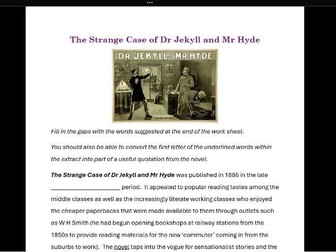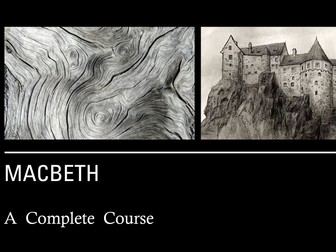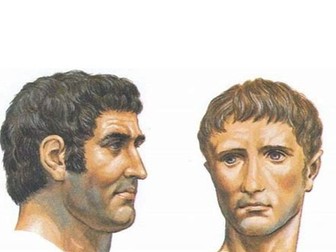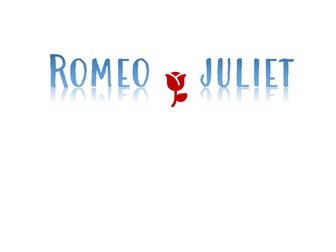Dr Jekyll and Mr Hyde chapters 1 & 2 plus context and quotes cloze
<p>This cloze exercise helps students re-cap the key elements of chapters 1 and 2, articulate their understanding of the choices and craft of the writer and consolidate key quotes and phrases. Contextual terminology is included to encourage familiarity when writing about the text.</p>




















